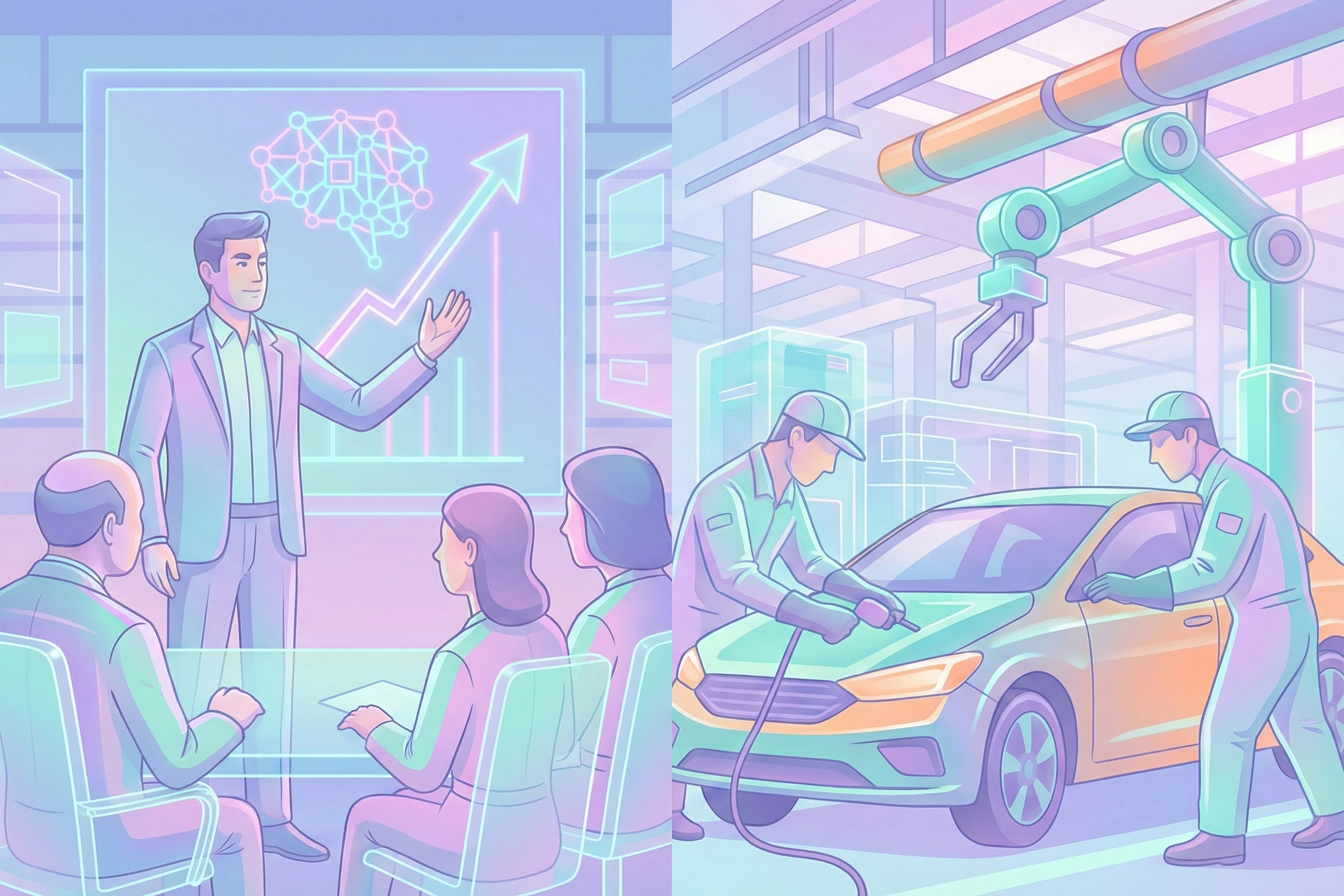
Looking back at 2017, it was a crucial year for our global food system. It became more visible that food security and sustainability are defining for the position of countries. Three developments showed how food is linked with a hegemonic shift: four famines were mainly driven by conflicts, countries intensified the scramble for resources in order to meet their future demand, and big mergers profoundly changed the global food chain.
In 2017, it became more visible that food security and sustainability are defining for the position of countries. Countries try to safeguard their own food autarky in a world where resources are not abundant and where the effects of climate change are global. At the same time, most countries depend heavily on each other. Our food system is a very diverse and global one. Food travels through different countries before reaching dinner tables. Eating breakfast in Amsterdam can mean your breakfast products first had to travel almost 50,000 km. 2017 provided us with three developments showing that food is linked with hegemonic shift.Firstly, the four famines that occurred in the past year in Africa and the Middle East are not merely ‘natural’ disasters. Food Tank cofounder Danielle Nierenberg is convinced that these famines are exacerbated by human conflict and inadequate management of resources: hunger as a political act. She argues that in the U.S., where hunger grew in every county in the past year, government ignores the importance of resilient regenerative food systems. Furthermore, Nierenberg calls Yemen the most appalling example of a famine crime of our generation. Famine crime is a concept introduced by Alex de Waal. In his recently published book Mass Starvation: The History and Future of Famine, he analyzes famine as a political crime, as an instrument of war and thereby countering the view that famine is caused by overpopulation and natural disaster.Secondly, 2017 shows an intensified scramble for resources. Illustrative for this scramble are China’s efforts to meet its (future) demand. The Chinese government has been actively investing in agricultural land in African countries and increasingly outsourcing its food production. Moreover, as a consequence of its concerns about food autarky, it would like to see its citizens’ meat consumption reduced by 50% – an unlikely thing to happen with the growing middle class and therewith rising demand for meat.Thirdly, as the two last observations show, 2017 showed crucial signs of the digitalization the global food chain. Examplary is the Amazon-Whole Food purchase, in which the building blocks of the supply and demand chain can be more integrated and connected by using intelligence. Bigger players are buying smaller players to enrich their datasets and to integrate the entire supply chain. The merged giants such as Bayer-Monsanto and Syngenta-ChemChina also position themselves well in this regard. Furthermore, companies and countries that want to position themselves well in the global food chain are embracing agricultural technology as a solution to face today’s challenges: climate, population growth, conflict, and scarcity of resources. As such, a shift to new production methods – from crop fields to local smart indoor farms and season-independent food alternatives – could be a blow to countries depending on food exports and make others gain autarky.As the battle over the global food chain intensifies, food becomes a more powerful aspect in the positioning of countries.
